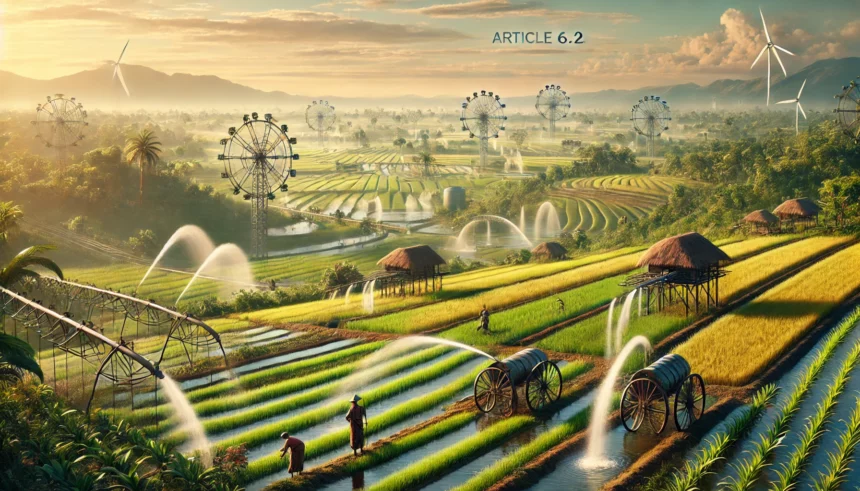Understanding the Urgency
The global temperature is rising, and the effects of climate change are becoming more severe. The Intergovernmental Panel on Climate Change (IPCC) and various UN bodies have warned us about the serious consequences of crossing climate thresholds. This makes it clear that we need to work together globally to reduce emissions.
The Paris Agreement: A Global Effort
Adopted in 2015, the Paris Agreement is a crucial global framework aimed at reducing greenhouse gas emissions. It aims to keep the global temperature rise well below 2 degrees Celsius above pre-industrial levels, with an effort to limit it to 1.5 degrees Celsius. Every country submits National Determined Contributions (NDCs) that outline their specific targets for reducing emissions.
Article 6.2: A Path for Global Collaboration
While most climate pledges are implemented within national borders, Article 6 of the Paris Agreement offers three ways to increase the ambition of NDCs through overseas emissions reductions. Article 6.2 allows countries to buy and sell Internationally Transferred Mitigation Outcomes (ITMOs). This mechanism is based on two core principles:
- Environmental Integrity: Ensuring real emission reductions.
- Sustainable Development: Promoting additional benefits like better agriculture, job creation, improved health, and clean water.
Evidence from Ghana: A Case Study
Ghana’s Commitment
Ghana is one of the early adopters of Article 6.2, aiming to reduce up to 64 MtCO2e by 2030. This commitment involves:
- Developing the necessary institutional infrastructure, including a Carbon Strategy.
- Establishing bilateral climate agreements with countries like Switzerland.
- Designing and implementing various ITMO projects, with a focus on climate-smart rice cultivation.
Climate-Smart Rice Cultivation
One of Ghana’s standout projects under Article 6.2 is climate-smart rice cultivation. This initiative aims to reduce methane emissions from rice paddies through Alternative Wetting and Drying (AWD) practices. AWD involves periodically draining fields instead of continuous flooding, which:
- Lowers methane emissions.
- Improves water management.
- Increases rice yields.
- Enhances farmer livelihoods.
- Provides better health outcomes and economic benefits.
Benefits to Local Communities
The climate-smart rice project in Ghana has brought numerous benefits to local communities:
- Increased Rice Yields: Farmers get more produce from their fields.
- Improved Livelihoods: Better agricultural practices lead to higher incomes.
- Better Health Outcomes: Reduced methane emissions improve air quality and overall health.
- Economic Benefits: The project boosts local economies.
Lessons for Policymakers and Donor Countries
Importance of Early Engagement
Ghana’s proactive approach to Article 6.2 provides valuable lessons:
- Institutional Infrastructure: Developing robust systems to support climate actions.
- Bilateral Agreements: Collaborating with other countries for mutual benefits.
- Effective Project Design: Focusing on initiatives that provide both environmental and socio-economic benefits.
Role of Donor Countries
Donor countries play a critical role in supporting Article 6.2 initiatives. They should:
- Provide financial aid.
- Offer technical expertise.
- Give policy guidance.
By investing in these efforts, donor countries can help scale up successful projects like Ghana’s climate-smart rice cultivation, driving global progress towards emission reduction goals and sustainable development.
Conclusion
Speeding up support for initiatives under Article 6.2 of the Paris Agreement is crucial. Ghana’s experience with sustainable rice cultivation shows that these initiatives can bring real, verifiable emission reductions and significant benefits to local communities. By working together and supporting these efforts, we can make substantial progress towards a greener, more sustainable future.














